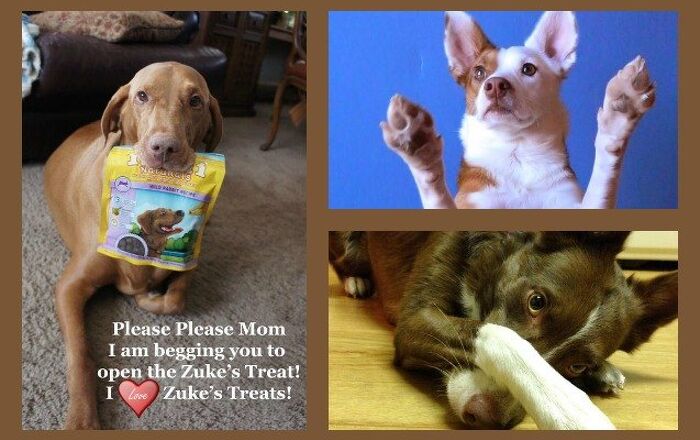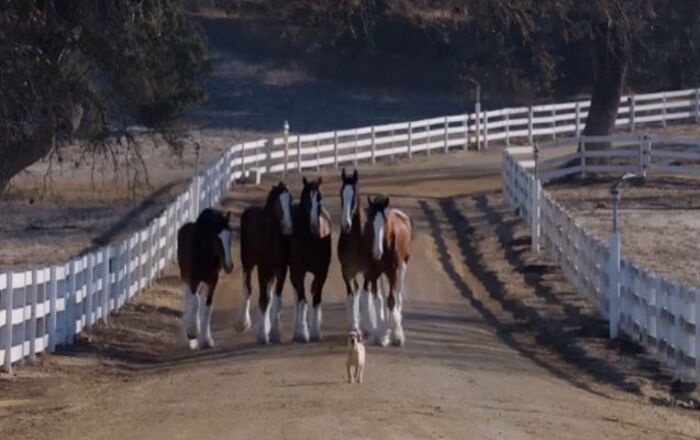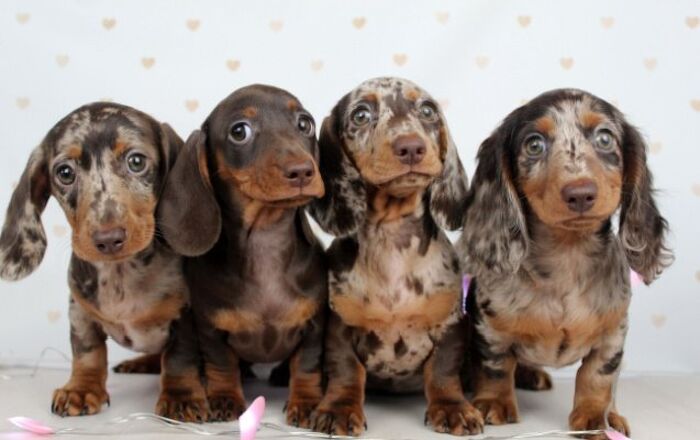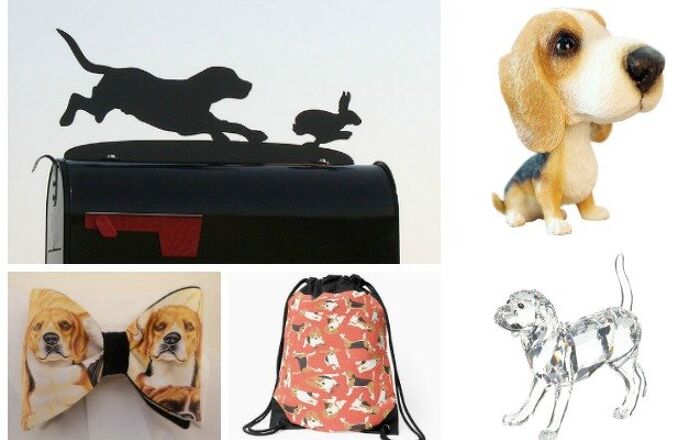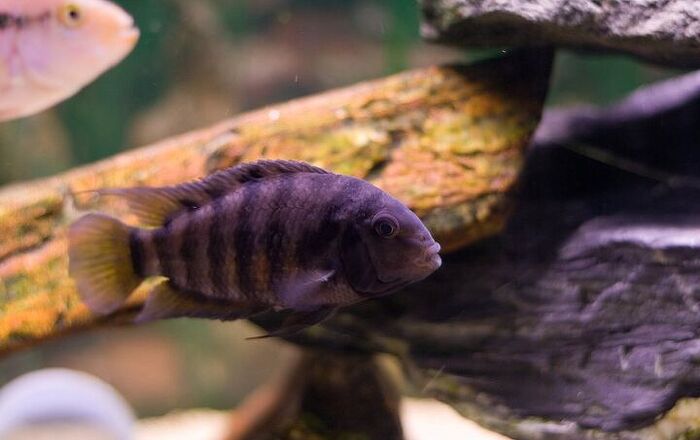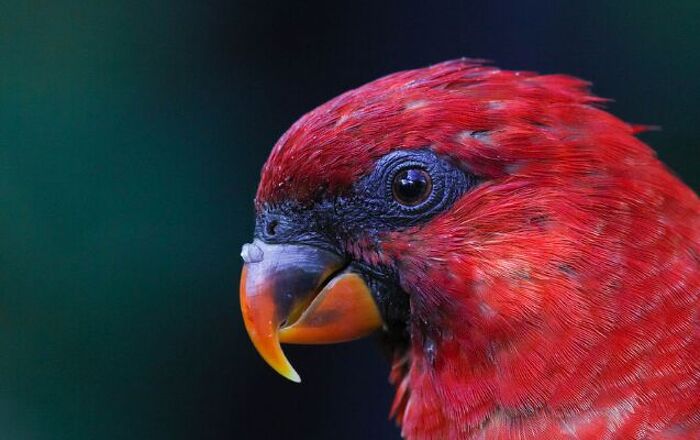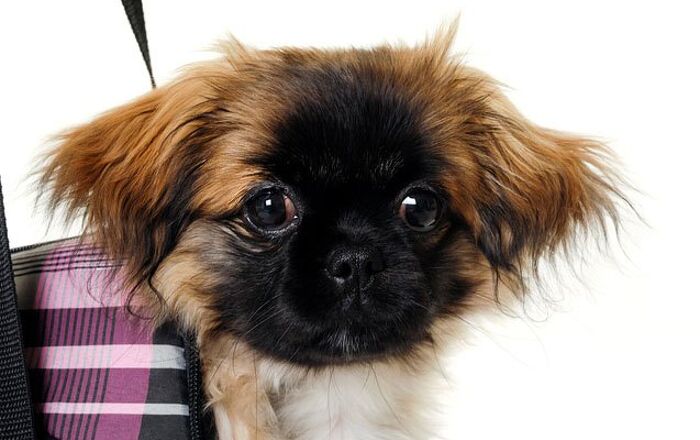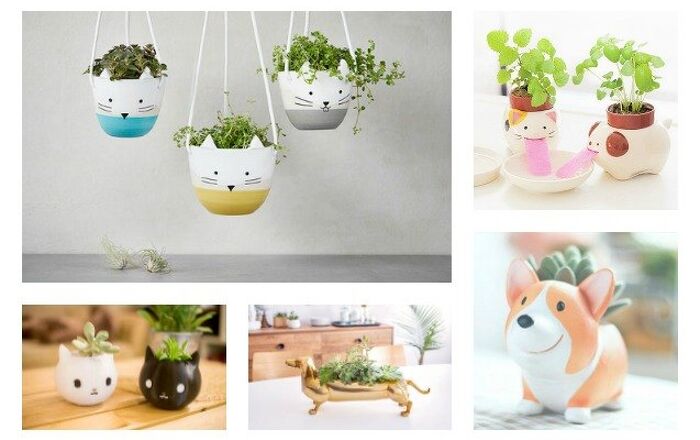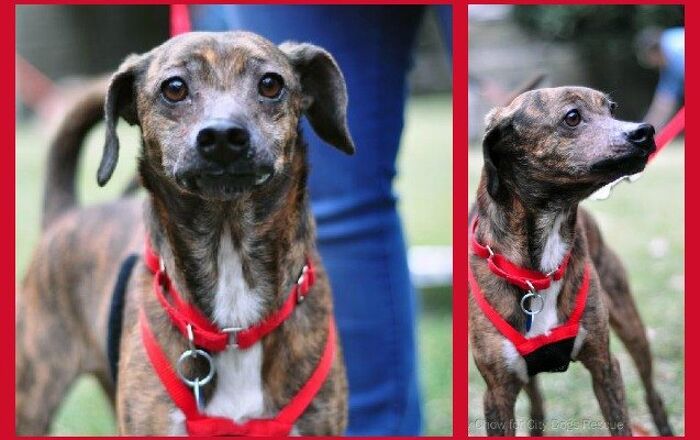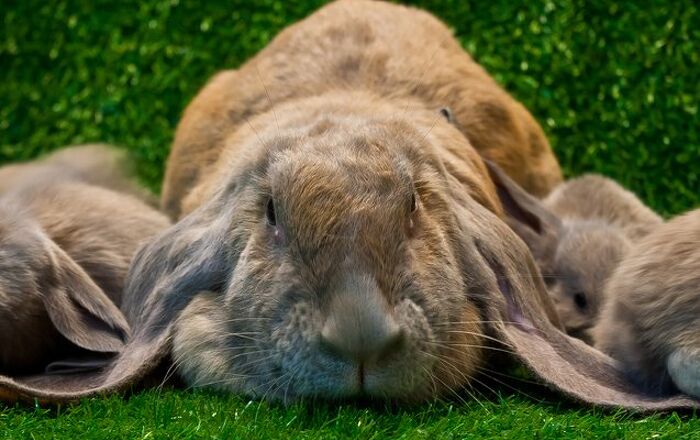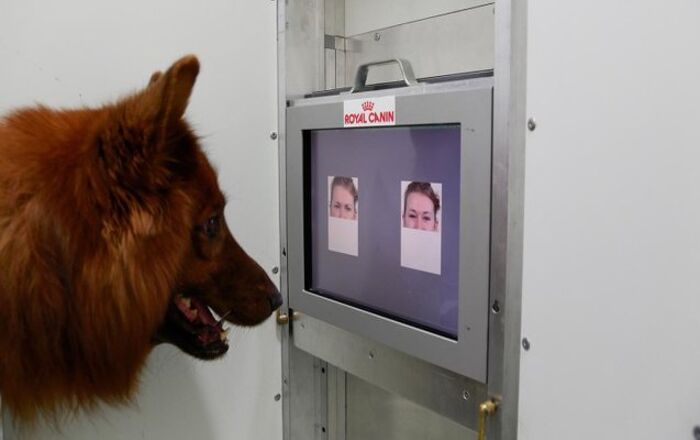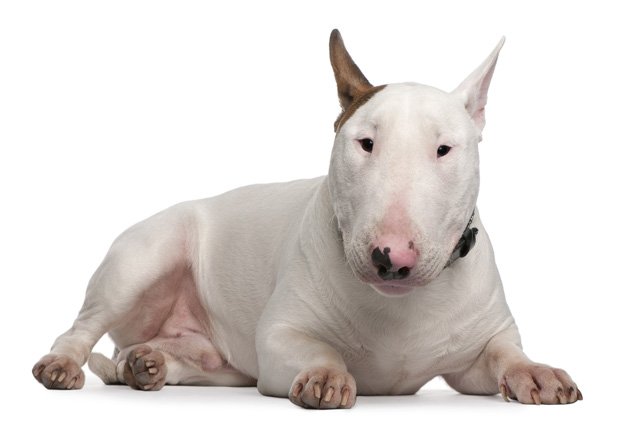
Bull Terrier Basics
Whenever you hear the word “Bull,” you probably imagine a frightening thing indeed. Who can blame you? Bulls can be scary – people run away from them as a sport in Pamplona, Spain. Bullfrogs are big, giant versions of frogs that we associate with big, loud noises. But what about the Bull Terrier? Do they live up to the Bull name or are they closer in temperament to that other popular domestic animal, the cat?
Well, take one good look at the Bull Terrier and you’ll probably find out why it’s more terrier than bulldog. The rough name can be a little misleading, but as it turns out Bull Terriers can make loyal, energetic, and even fun pets that the entire family can enjoy – or can work as a great companion even if you’re the only member of your household. But does that mean a Bull Terrier is right for your own domestic situation, whatever it is? Let’s take a closer look at this unique terrier and find out what really makes its clock tick.
Bull Terriers can make loyal, energetic, and fun pets that the entire family can enjoy.
Origin
One look at the Bull Terrier will let you know that the breed really don’t come from such a nasty pedigree of dogs as the name might suggest. Bull Terriers look, well, a little weird. They have larger heads and smooth faces – a quality often enjoyed by the pet owners in the United Kingdom. In North America, we have to trace their origins to really understand their appeal.
Okay, so Bull Terriers do indeed trace some of their lineage to the classic Bulldog breeding, but as it turns out, the dog awakening during the 19th century really changed the direction that Bull Terriers were going. Developed and bred to be anti-rodent machines (for lack of a better term) Bull Terriers broke off from traditional Bulldogs and other similar breeds to establish an identity all their own. In other words, they grew qualities that make them a terrier – a light and sporty dog – rather than a Bulldog.
Pedigree
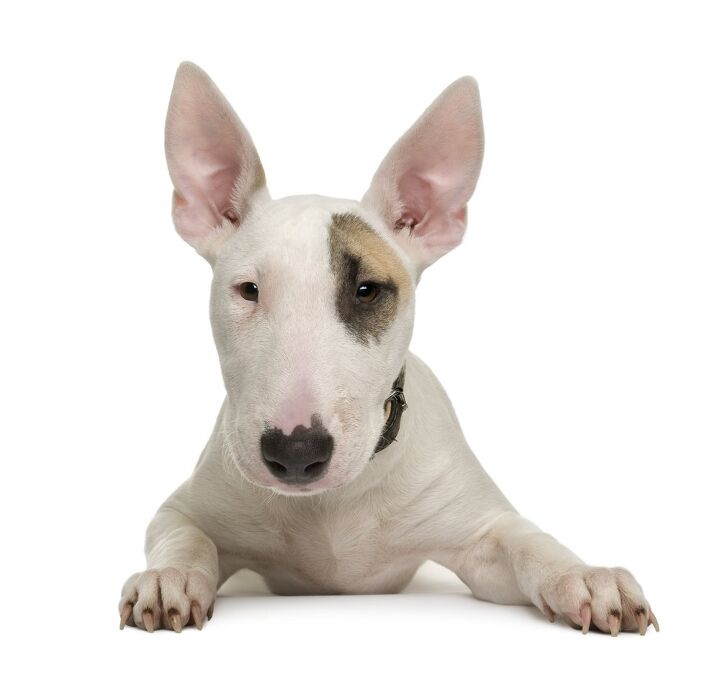
And what of this bullish pedigree? It’s not as scary as you might think. Early mixes from the Old English Bulldog, a now-extinct breed, and Manchester Terrier s yielded to a genetic influence from English White Terriers (also an extinct breed). With that kind of pedigree, there’s a good case you could make that modern day Bull Terriers are actually torch-carriers for a number of older breeds that don’t exist today. While Bull Terriers don’t have a deep history all their own – at least in terms of chronological measurement – its genetics do contain a much larger part of dog history, particularly in England.
Food / Diet
Bull Terrier is no different than any other dog- this breed requires a well-balanced, quality diet to thrive. The right ratio of meat-based protein, healthy fats, and carbs, as well as an array of vitamins and minerals is the winning combination for canines. As a result, these unique-looking dogs do well on premium quality dry food. Kibble can meet all of their intricate dietary needs as long as the manufacturers use high grade, natural ingredients and not cheap fillers and tons of artificial substances to improve the flavor.
Once you settle on a dry food brand that lives up to this standard, make sure to pick out a formula that will suit a Bull Terrier dog. As a rule of thumb, these playful dogs do well on kibble made for active or medium size dogs. Additionally, their kibble should be age appropriate. Puppies, adults, and seniors will have specific and different nutritional needs. For instance, Bull Terrier puppies need food that’s fortified with a lot of calcium, as they go through rapid growth and bone development in their young years.
Training
Bull Terriers again go against the grain of what their name suggests with their temperament – they’re much more light-natured than the stubborn Bulldogs can be. They’re often described as fun and energetic and their behavior will probably bear a resemblance to a number of other terriers. If you’ve worked with terriers before, the behavior of the Bull Terrier won’t be a major challenge for you.
How does this apply to the world of Bull Terrier training? Well, they’re highly responsive and love a good, active workout.
They’re often described as fun and energetic.
Weight
A male Bull Terrier can see a big weight range, so don’t be concerned if you think your Bull Terrier is a little too small or big. Typically they can weigh in the 40-80 pound range for males, though obviously finding some sort of happy medium will be best for these dogs.
Temperament / Behavior
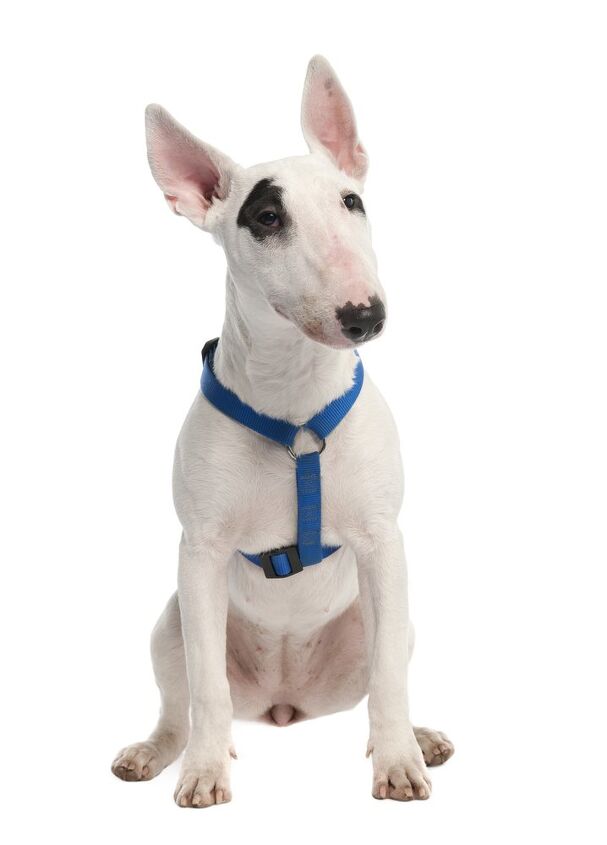
Bull Terriers behave like classic terriers and aren’t a major challenge to handle if you’ve worked with terriers before. They can be independent and energetic, which means they like to play by themselves often when they’re let out in the open. This means you’ll want to keep good track of your Bull Terrier in social situations, particularly as it’s growing up.
Common Health Problems
Many dogs have certain propensities toward health problems, and Bull Terriers are no different, showing an inclination toward skin conditions and allergies. Another relatively common issue for the egg-shaped breed is deafness, and on rare occasions, risk for heart disease and kidney failure. Additionally, like most dogs of their size, they can be at risk for kneecap dislocation ( patellar luxation).
Life Expectancy
Bull Terriers have a long and healthy life expectancy, sometimes living up to 16 years. So if you do find a Bull Terrier for your family expect to develop a long-term bond with it. Also remember that Bull Terriers really do represent long-term commitments as any dog would, but in the case of Bull Terriers this commitment can be even more pronounced.
Exercise Requirements
Like many terriers, Bull Terriers are also full of energy, curious and exceptionally intelligent. These feisty dogs need daily exercise to stay happy and healthy. However, even though their energy levels are high, they are still considered to be a moderately demanding breed. Their needs for activity can be met with a couple of long walks and some quality playtime each day. A rough estimate is that about 60 minutes of deliberate exercise is what this breed needs to thrive.
In addition to physical exercise, Bull Terriers need to have their brain stimulated, too. These are smart, driven, curious dogs that easily get bored. As a result, they will become destructive and show their frustration by ruining your furniture or a favorite pair of shoes. To prevent that, make sure you provide engaging mental activity, as well. Offer puzzle toys for entertainment and mental stimulation, especially while you’re at work.
Bull Terriers have a high tolerance for very active exercise.
AKC
Dog breed experts describe Bull Terriers as playful and clownish. The American Kennel Club describes the breed as” Among the most comical and mischievous citizens of dogdom, the Bull Terrier is playful and endearing, sometimes stubborn, but always devoted. These unique “eggheads” are exuberant, muscular companions who thrive on affection and exercise.” Hardly the “Bull” type, wouldn’t you say?
Coat
Bull Terriers come with a short coat that has a minimal need for upkeep. Focus more on exercise – the Bull Terriers will need that much more than attention to their coat.
Puppies
Bull Terrier puppies usually come in litters of five. Raising Bull Terrier puppies is not difficult if you have previous experience with training and socialization. Start working with your pet on time and you’ll help them mature into a loving, friendly, and goofy dog they can be. If you fail to assert yourself as the leader of the pack and skip on essential obedience training and socialization, your Bull Terrier will grow up to be more bull-headed than well-behaved. Another essential part of care for Bull Terrier puppies is to provide them calcium-rich food that would support their fast growth and developing skeleton.
Photo credit: Eric Isselee/Shutterstock

